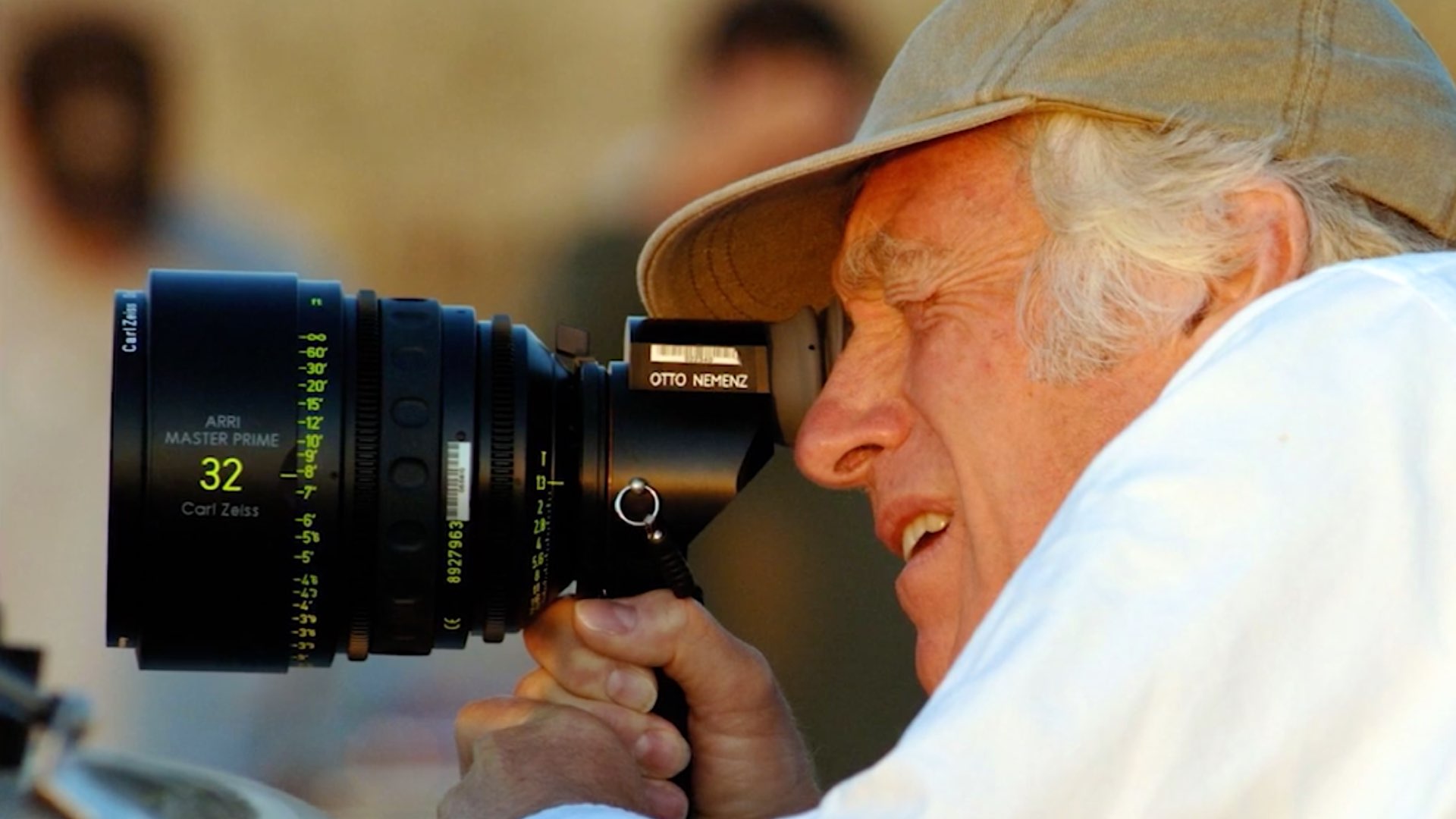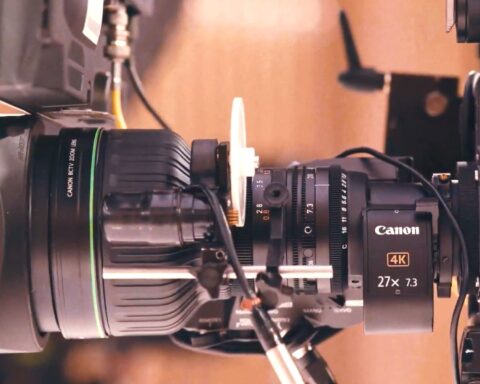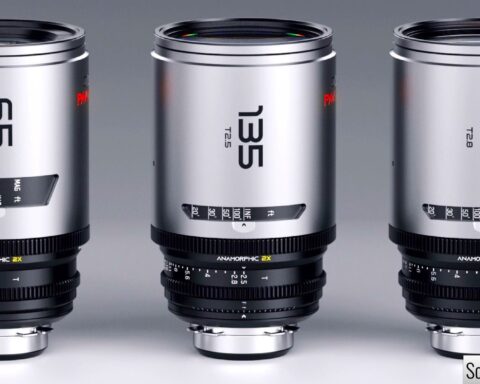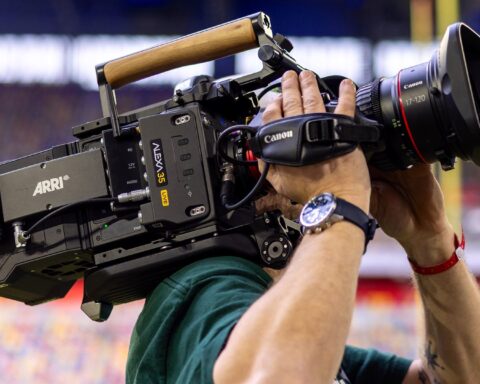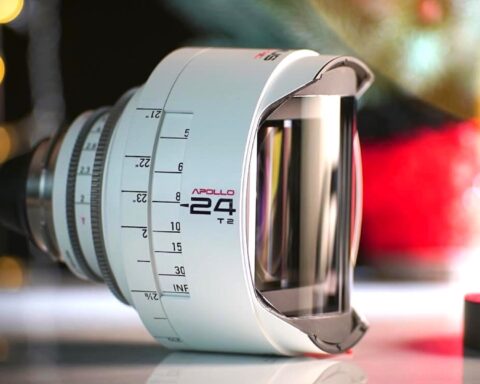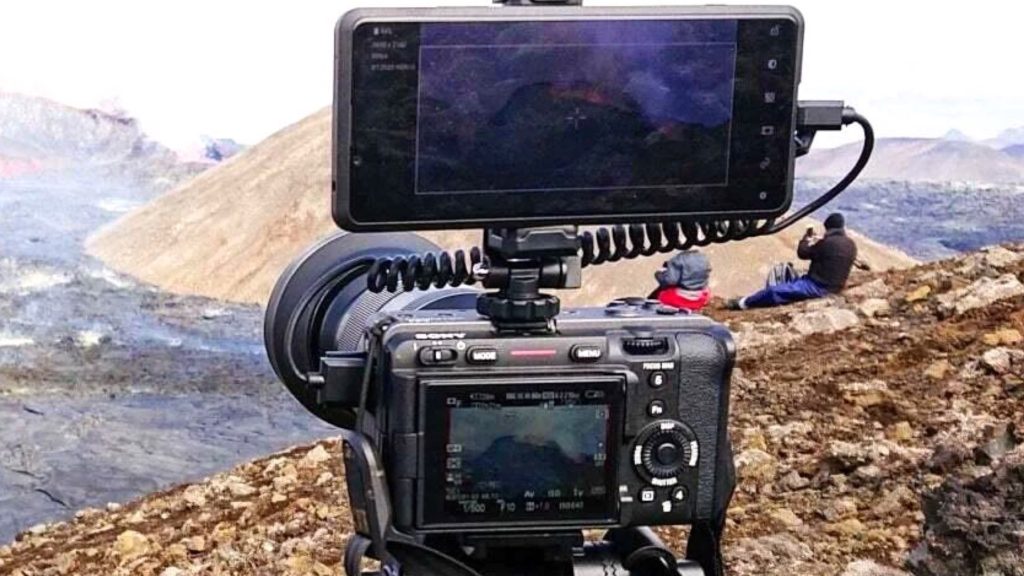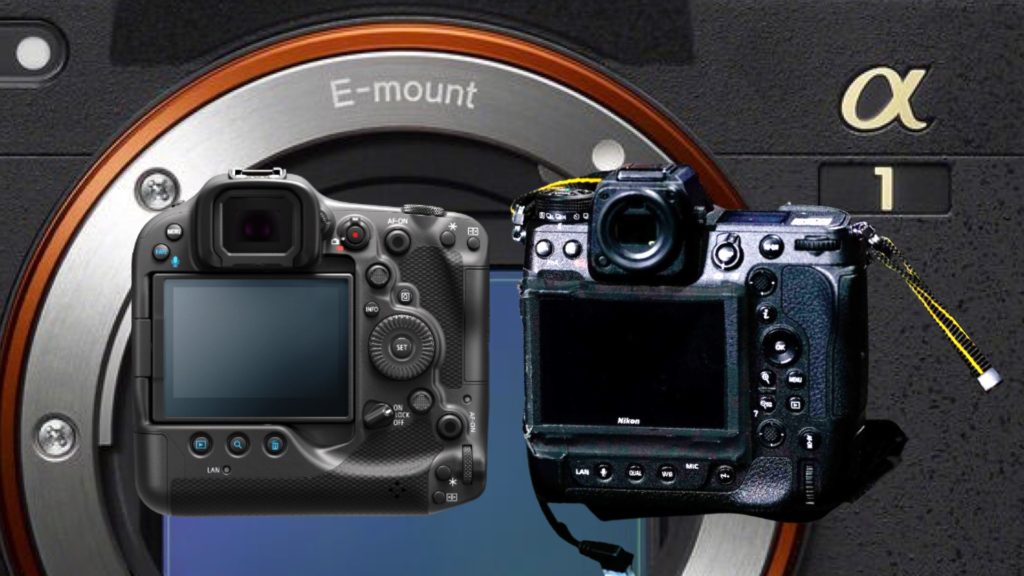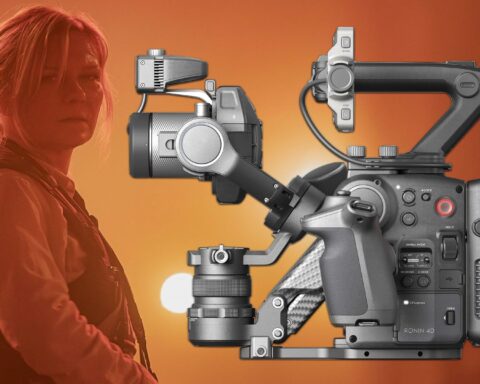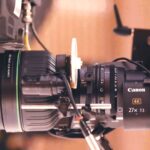In this cool episode by StudioBinder, We’re getting exposed to Roger Deakins’s preferences regarding cinema lenses. To sum it up within a sentence: Primes preferred, clean look (no breathing, no vignetting, and no flares), and a natural focal length (around 40mm-50mm). In other words, Deakins prefers his glass clean, simple, and native.
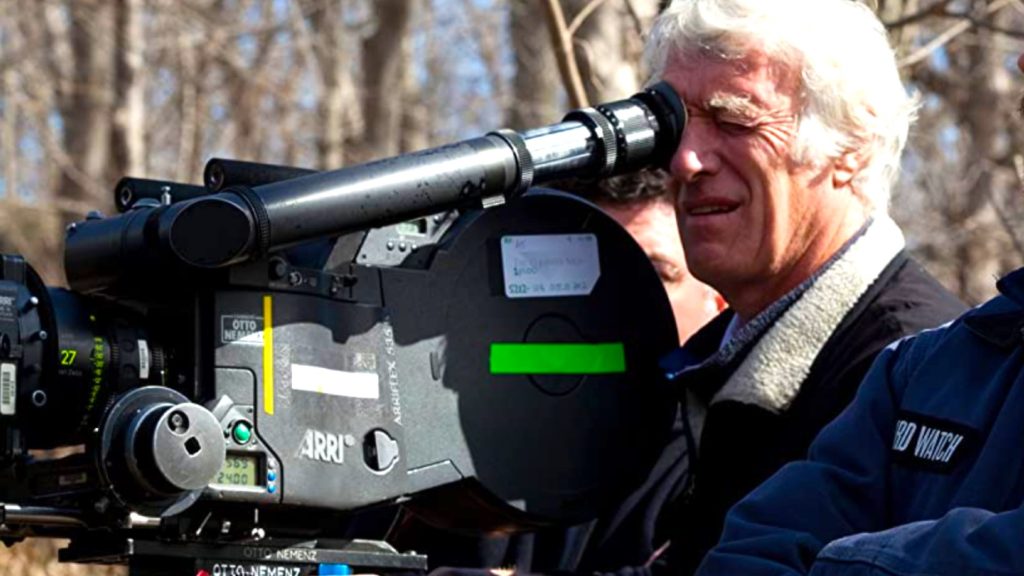
Primes vs. zooms
Deakins touches on the never-ending debate: Primes vs. zooms. He prefers primes, since a constant glass forces you to change camera location, and thus makes you spend more thinking about the shooting angle. Also, in primes, you can’t zoom, but move the camera when framing. That amplifies the movement even further, makes it more cinematic than just zooming.
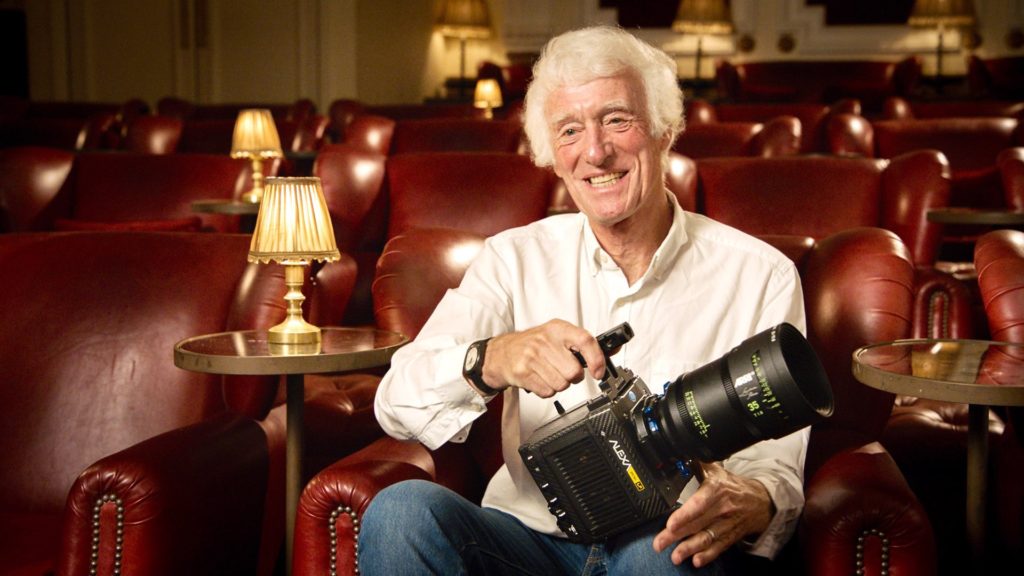
The preferred focal length on Deakins is around 40mm.
Technologies
Deakins says that nowadays, the technologies allow the camera to move like never before, and that advantage produces more sophisticated kinetics. The best example of that is 1917. According to Deakins, they used only one prime lens (which is hard to believe since recourses indicate that the focal length in 1917 was around 30mm-50mm shooting on the ARRI Signature Primes), BTW, 1917 was shot on the ALEXA Mini LF which is a large sensor camera that grants the privilege of enhanced motion (a positive side effects when shooting on large sensors). Furthermore, the tech assists you to move the camera, as the camera is more compact and the form factor si much more gimbal-friendly. That’s another reason why moving the camera is preferred comparing zooming.
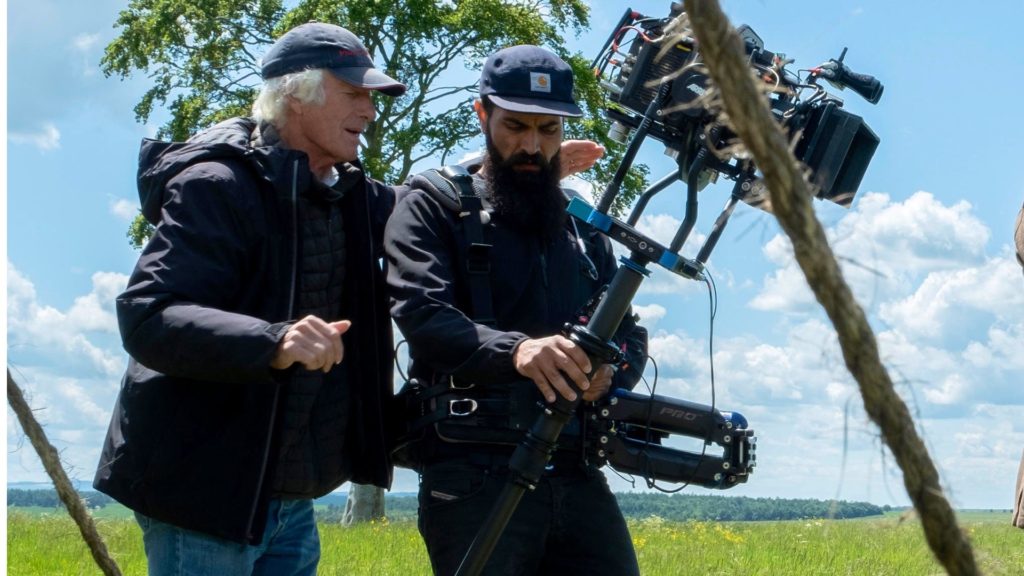
Deakins can’t stand lens artifacts (flares, vignetting, and breathing). That’s why he prefers shooting spherical over anamorphic, and on ARRI lenses.
Focal lengths
The preferred focal length on Deakins is around 40mm, which mimics the human eye. As explained, 1917 was shot within this focal length. For portrait, he likes using 60mm-70mm but not more than that. Deakins is not a fan of very long lenses, nor ultra-wide ones. As opposed to The Revenant’s Lubezki who used very wide lenses (around 15mm) on the huge sensor of the ALEXA 65, which granted a tremendous wide look with a rare shallow depth of field. However, it’s not Deakins’s style. Lubezki shoots extremely wide, compared to Deakins that shoots more naturally.
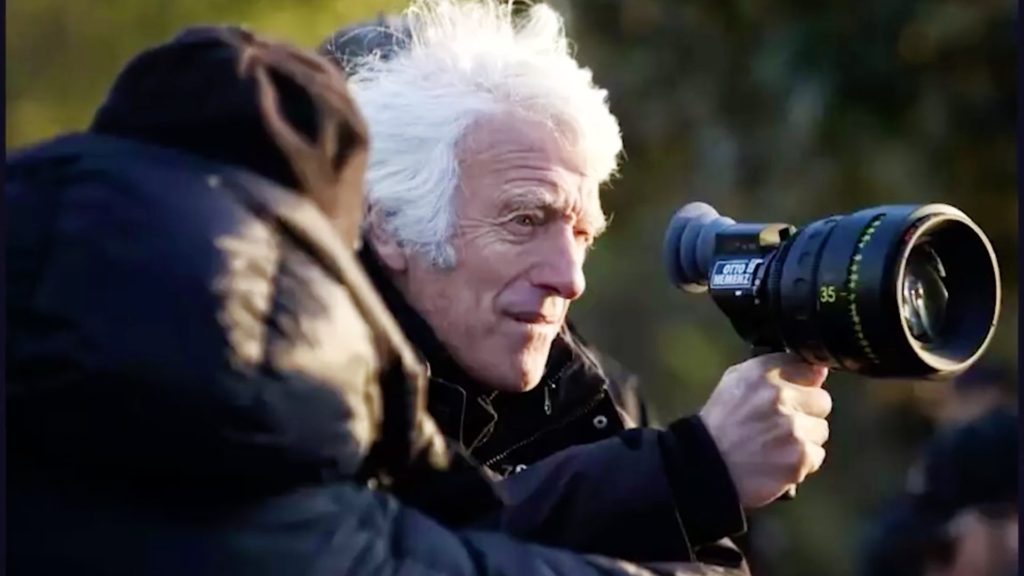
Clean look, without wisecracks
We wrote about it before, when we covered the making of 1917. Deakins can’t stand lens artifacts (flares, vignetting, and breathing). That’s why he prefers shooting spherical over anamorphic. The weapon of choice is ARRI, due to its clean look, and minimal to zero flaring, vignetting and breathing.
Explore Deakins thoughts in this excellent video below:
What are your insights regarding Deakins’s approach to filming and cinematography? Feel free to throw your thoughts in the comments section below.
Product List
Here’re the products mentioned in the article, and the links to purchase them from authorized dealers.
- ARRI Signature Primes
- ARRI Mini LF


